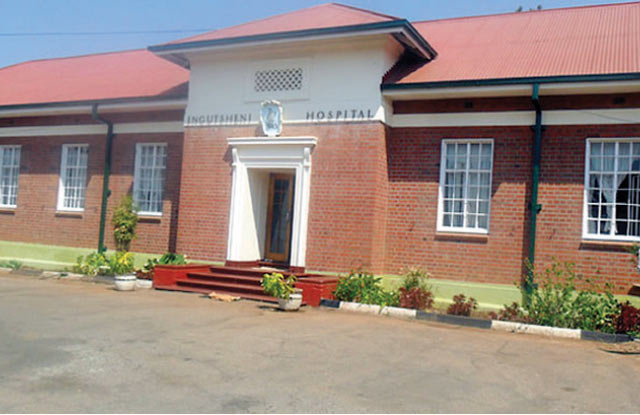
| The move is expected to improve the landscape of cancer management for children in Zimbabwe |
| BULAWAYO, Zimbabwe, – Zimbabwe is making great strides in strengthening cancer management as part of the country’s efforts to make Non-Communicable Diseases (NCDs) services more accessible. With the growing number of NCDs and the impact COVID-19 has had on people with cancer and other NCDs, steps have been taken to come up with a comprehensive cancer strategy that looks at all aspects of cancer management in the country. In particular, the Government of Zimbabwe through the Ministry of Health and Child Care (MoHCC) has shown interest to be one of the focus countries for the World Health Organization (WHO) Global Initiative for Childhood Cancer (GICC) in the WHO AFRO region. This initiative by WHO enables the participating countries to access technical and financial support to strengthen the health systems and raise awareness on childhood cancers. The move is expected to improve the landscape of cancer management for children in Zimbabwe. In this regard, a multi-stakeholder meeting was held in Bulawayo recently to discuss practical steps the country needs to take to be part of the initiative. The WHO Global Initiative for Childhood Cancer was launched in 2018 on the sidelines of the UN General Assembly with the aim to increase cancer survival rates for children with cancer to at least 60 percent globally by 2030. Childhood cancers outcomes affect low to medium countries (LMICs) more where the survival rate is 20% compared to 80% in the developed countries. The low childhood cancer survival in LMIC is mainly due to lack awareness amongst both communities and health workers. This results in late presentation. Limited access to therapeutic care like chemotherapy which is expensive and radiotherapy due to breaking down equipment is another challenge which the initiative will try to address. According to the National Cancer Registry, a total of 253 childhood cancers (age 0-14) of all races were registered in 2017. These comprised of 151 (59.7%) boys and 102 (40.3%) girls. Pediatric cancers accounted for 3.3% of all the cancers recorded in 2017. The most common childhood cancers of all races recorded in 2017 according to the International Classification of Childhood Cancer (ICCC) were as follows: leukaemia (21%), retinoblastoma (14%), renal tumours (13%), lymphoma (10%), central nervous system (9%), soft tissue (9%), bone tumours (4%) and neuroblastoma (4%). Other unspecified malignant tumours accounted for 16% on the childhood cancers. The MoHCC confirms that childhood cancers are common and require the government and partners to step up the response in awareness and early screening; “The figures we have been recording are too high and an intervention is needed to ensure that awareness is raised in communities. The GICC will be our starting point,” says Dr Justice Mudavanhu, MoHCC Deputy Director for Non-Communicable Diseases (NCDs).” In most low- and middle-income countries like Zimbabwe premature deaths from childhood cancers can be reduced by strengthening early and accurate diagnosis. This can only be done by strengthening the primary health care workers. This is one of the objectives of the Global Initiative for childhood cancers. The initiative is supported by partners among them St Jude Children’s Research Hospital in the United States, which is the first WHO Collaborating Centre for Childhood Cancer. Other countries in the AFRO region which have already joined the initiative have benefited a lot in strengthening their health systems to identify childhood cancers early. These include Ghana, Senegal and Zambia. Through this initiative, WHO will support governments to carry out a situational analysis on leadership and governance capacity of the country, the capacity to screen and early diagnose childhood cancers and the country’s capacity to manage common childhood cancers once diagnosed. WHO is providing technical support to MoHCC and continue to on the importance of improving outcomes for children. This can only be done by ensuring early and accurate diagnosis followed by effective treatment, the major components the initiative seeks to address. “High mortality rates due to childhood cancers have been mainly due to delayed diagnosis or indeed misdiagnosis, difficulties in accessing care in our setting, there is also a high rate of abandonment of treatment due to financial and sociocultural burden that childhood cancer brings,” adds Dr Sharon Kapambwe, WHO African Region Technical Officer for Cancer. Dr Kapambwe also confirmed WHO commitment to work with MoHCC and all stakeholders to ensure Zimbabwe is part of the initiative and implements the initiative successfully. “WHO looks forward to working with the Zimbabwean government to come up with a sustainable childhood cancer programme that will improve chances of survival for children with cancer in the country and reduce their suffering.” |
